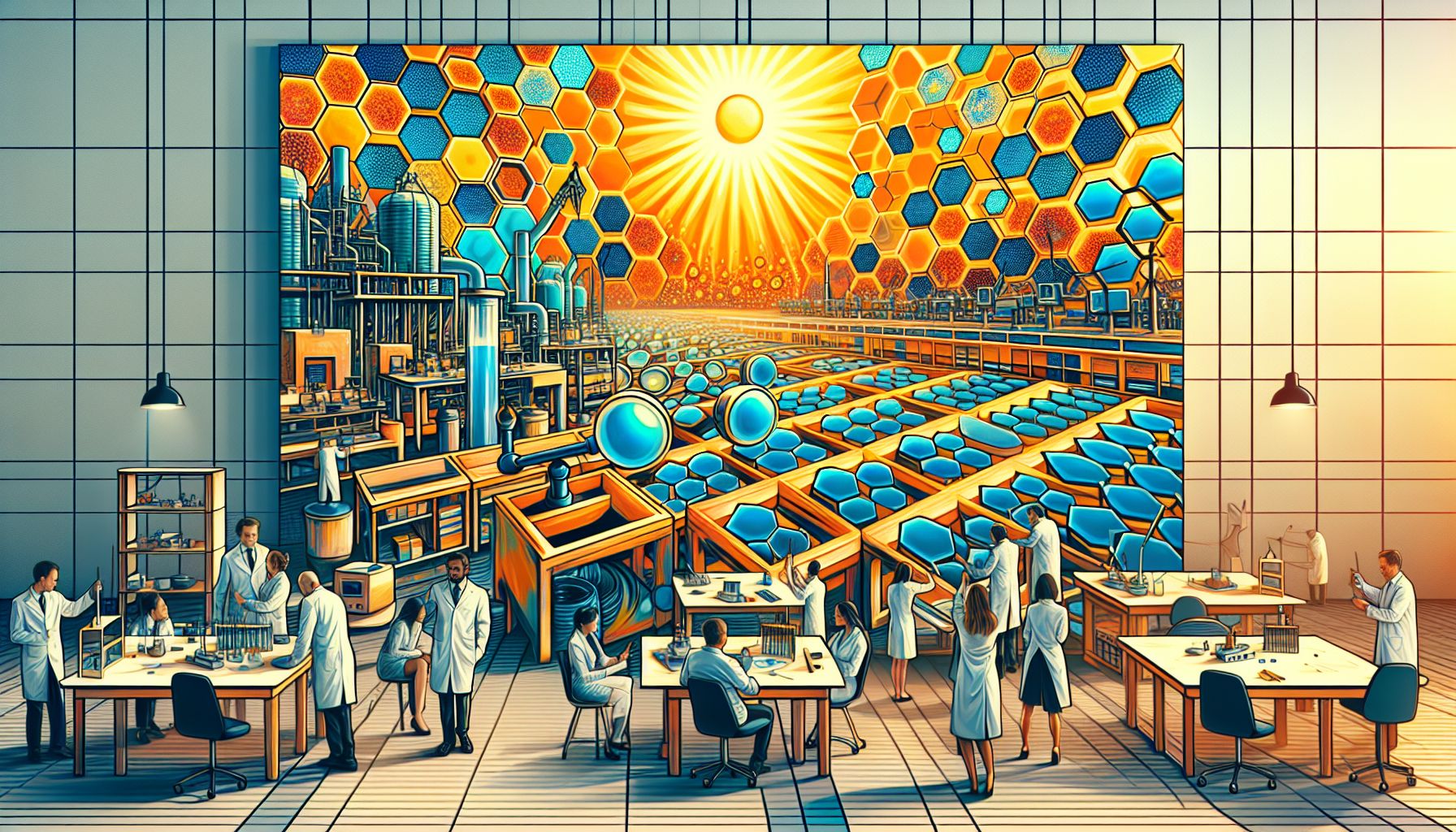New Technique Enables Large-Scale Graphene Production Without Quality Loss

Researchers have developed a method to produce high-quality graphene on a large scale, potentially revolutionizing its use in advanced technologies.
Breakthrough in Graphene Production
The groundbreaking technique, known as oxygen-free chemical vapor deposition (OF-CVD), was developed by a team of researchers at Columbia Engineering. Led by James Hone, Wang Fong-Jen Professor of Mechanical Engineering, this method eliminates virtually all oxygen from the growth process. This crucial step ensures the reproducibility and high quality of graphene samples, a milestone in the material’s large-scale production.
The Importance of Graphene
Graphene, a two-dimensional layer of carbon atoms arranged in a hexagonal lattice, is heralded for its exceptional properties. It is the thinnest known material, yet it boasts remarkable strength, flexibility, and superior thermal and electrical conductivity. These characteristics make graphene a highly sought-after material for various applications, including electronics, material science, biotechnology, and energy storage.
Challenges in Large-Scale Production
Despite its potential, producing high-quality graphene on a large scale has been a significant challenge. Traditional methods like the ‘scotch-tape’ technique are limited to small quantities, while chemical vapor deposition (CVD) processes often result in lower quality due to the presence of trace oxygen. The new OF-CVD method addresses these issues by creating an environment with minimal oxygen, allowing for the production of large, high-quality graphene sheets.
How the New Method Works
The OF-CVD technique involves passing a carbon-containing gas over a copper surface at high temperatures, approximately 1000 °C, in an oxygen-free environment. This process allows carbon atoms to rearrange into a graphene structure without the interference of oxygen, which previously hampered the growth and quality of the material. The result is graphene that closely mirrors the quality of samples produced via exfoliation methods.
Future Applications and Next Steps
The next phase for the researchers involves transferring the high-quality graphene onto functional substrates like silicon, which is essential for practical applications. This transfer process is crucial for integrating graphene into semiconductor devices, photonics, and quantum computing. The team, including PhD students Jacob Amontree and Xingzhou Yan, who contributed significantly to the research, is optimistic about the future applications of their work.
Potential Industry Impact
This innovation holds promise for a variety of industries. In electronics, graphene could lead to faster, more efficient devices. In energy storage, it could improve the performance of batteries and supercapacitors. In biotechnology, its biocompatibility and conductivity could enhance medical devices. Finally, in quantum computing, graphene’s unique electronic properties could play a pivotal role in developing new quantum technologies.
Bronnen
- www.bright.nl
- interestingengineering.com
- www.eurekalert.org
- link.springer.com
- www.graphene-info.com
- news.mit.edu

